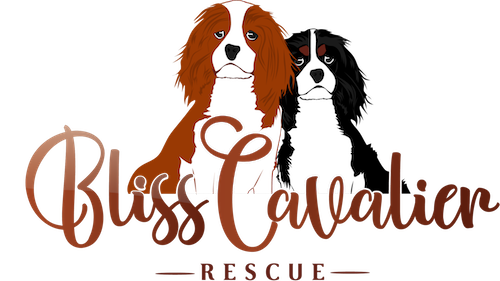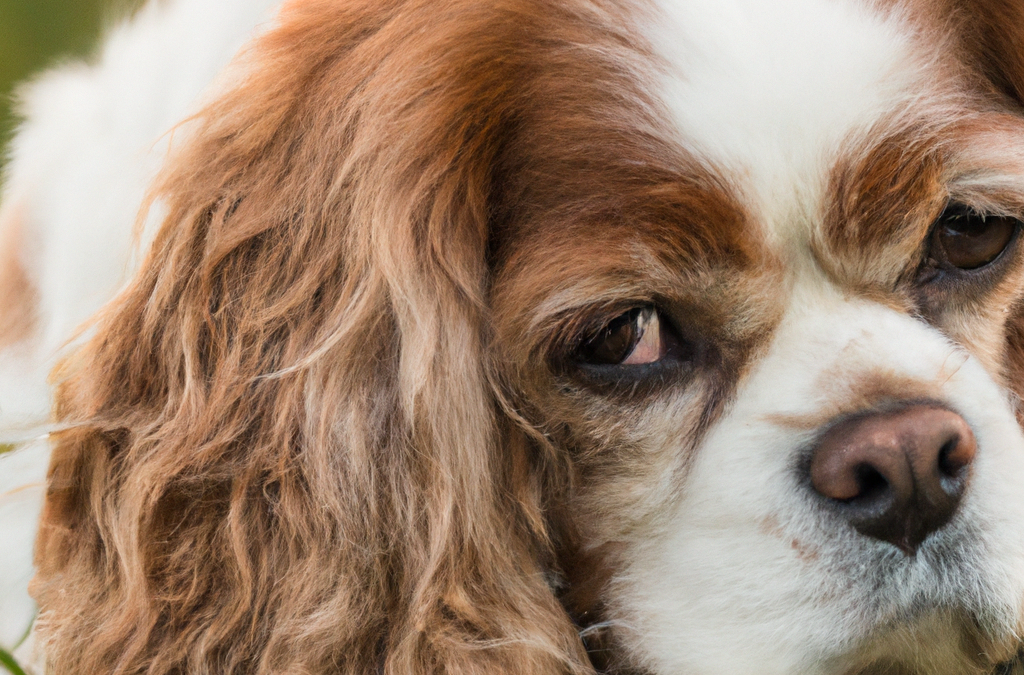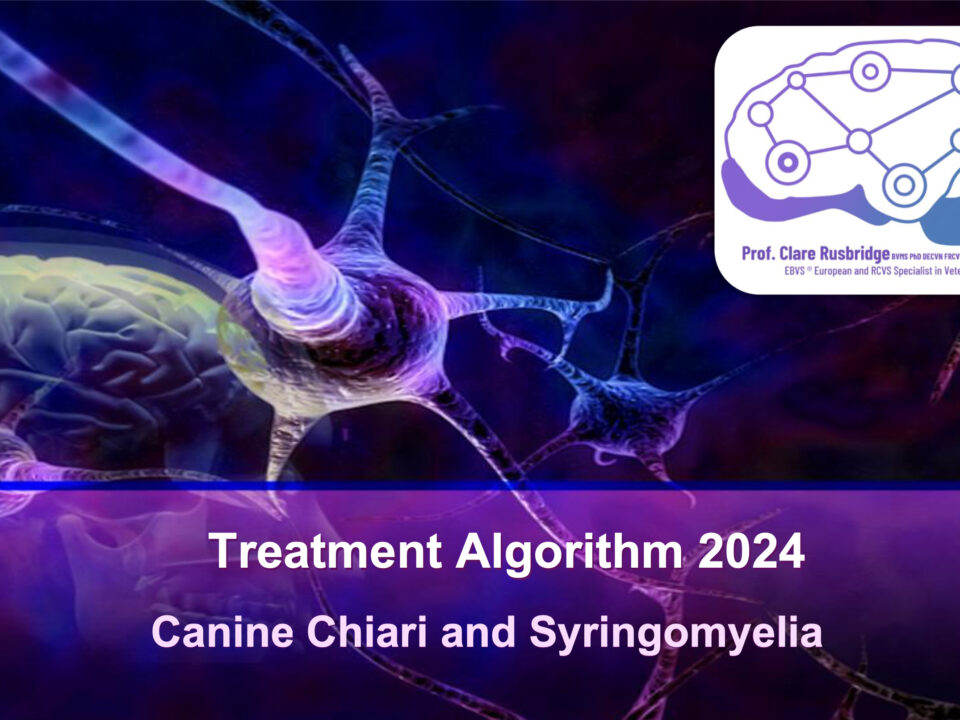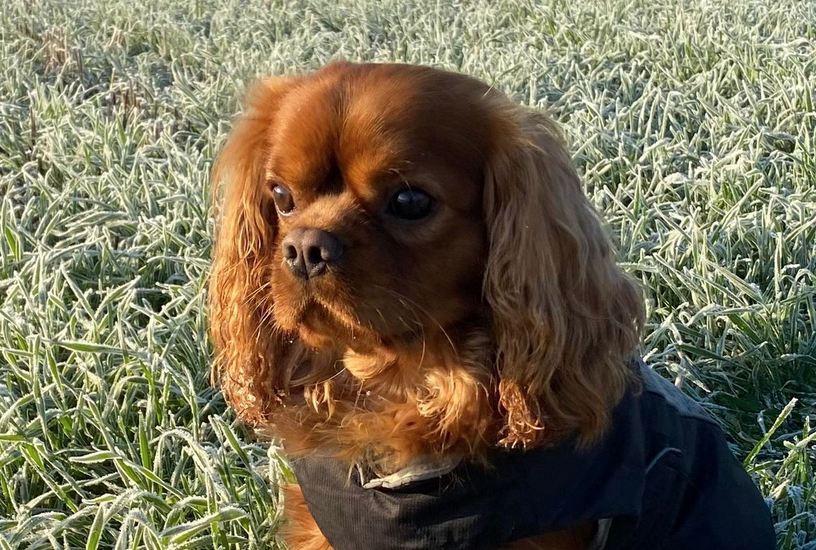Dry Eye in Cavaliers

Why you should never withhold water from dogs
25 March 2023
Masticatory muscle myositis (MMM) in Cavaliers
25 March 2023Dry eye is a painful condition that occurs when a dog cannot generate an adequate amount of tears. This typically impacts both eyes, leading them to become dry and inflamed. The most common cause of dry eye is immune-mediated, which means the immune system attacks the tear glands. While dry eye cannot be cured, it can generally be managed effectively with eye drops and attentive care at home.
Cavaliers are at much higher risk for dry eye than other breeds
Cavalier King Charles Spaniels are at a much higher risk of contracting the incurable genetic condition dry eye syndrome than other breeds. The scientific name for dry eye syndrome is keratoconjunctivitis sicca or KCS, and is characterised by inflammation of the cornea and conjunctiva due to insufficient tear production.
Dry eye is a condition that arises when there is a significant deficiency in tear production. It is an extremely painful disorder that, if left untreated, can result in conjunctivitis, eye ulcers, and in severe cases, permanent scarring or even eye loss. In the majority of cases, dry eye in dogs is immune-mediated, which means that a malfunction in the immune system leads to the destruction of the body’s own tear glands. The damage typically occurs gradually over months or years, so early diagnosis and treatment can often slow down its progression with the help of medication.
Studies suggest that Cavaliers have a higher prevalence for this condition compared to other breeds, with the most frequent cause believed to be immune-mediated destruction of the tear glands. While dry eye cannot be cured, it can generally be managed effectively with eye drops and care at home.
Symptoms of dry eye
Here are some common symptoms of dry eye in dogs:
- Redness or bloodshot appearance in the eyes
- Thick, mucoid discharge (may be yellow or green)
- Squinting or excessive blinking
- Sensitivity to light (photophobia)
- Swollen or inflamed conjunctiva (the tissue that lines the inside of the eyelids)
- Dry, dull, or hazy appearance of the cornea (the clear front surface of the eye)
- Eye rubbing or pawing at the face
- Recurrent eye infections
- Vision problems or partial loss of vision
- Pain or discomfort around the eyes
If you suspect your dog may have KCS or is experiencing any of these symptoms, it’s essential to consult your veterinarian as soon as possible. Proper diagnosis and treatment can help alleviate your dog’s discomfort and prevent potential long-term damage to the eyes.
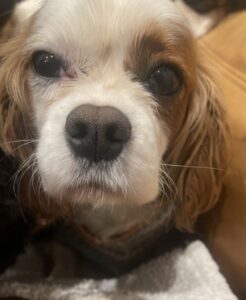
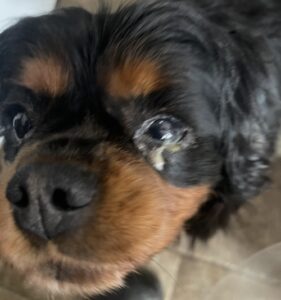
How is dry eye diagnosed?
If you suspect your Cavalier has dry eye or another eye problem, book an appointment with the veterinarian as soon as possible. The veterinarian will perform a simple test; the results are instantly available.
The Schirmer tear test (STT) is an important tool in detecting the presence of dry eye in dogs. During the STT, a small strip of treated paper is inserted beneath the dog’s lower eyelid – a procedure that only takes one minute and can be conducted as part of a regular veterinary checkup. After insertion and a short wait, the strip is removed and immediately read using the scale indicator present on the paper. A reading of 15mm or above indicates normal tear production; 10-15mm is considered borderline and should be acted upon if symptoms arise, whereas less than 10mm indicates a positive diagnosis for dry eye. It is a simple yet effective way to detect early signs of dry eye and initiate treatment quickly.
What is the usual treatment?
Typically, in the UK, dogs with dry eye are prescribed Optimmune, which contains the active ingredient ciclosporin.
Optimmune works by suppressing the immune system’s activity in the eye area, preventing it from attacking and damaging the tear glands. Doing so helps increase natural tear production and maintain a healthy tear film, which is essential for proper eye lubrication, comfort, and protection against infections.
When used as directed by a veterinarian, Optimmune can alleviate the symptoms associated with dry eye in dogs, such as redness, irritation, and discharge. It is important to note that Optimmune is typically a long-term treatment and will need to be administered for the dog’s entire life to manage KCS effectively. Regular check-ups with the veterinarian are essential to monitor the dog’s response to the treatment and make any necessary adjustments. It is more inexpensive to purchase Optimmune with a veterinary prescription online.
The earlier treatment begins, the higher the chances of success. However, if the tear gland is entirely destroyed, the treatment might not be successful. If your dog doesn’t respond well to ciclosporin eye drops, your veterinarian may try a more potent formulation or an alternative medication like Tacrolimus.
Combined with the veterinary-prescribed treatment, Cavaliers with dry eye benefit from lubricants (false tears) throughout the day, ideally every couple of hours. The frequency of using false tears depends on the severity of the condition; depending on their individual situation, they may need them every 1-2 hours until their dry eye is under control. They should be especially applied to protect the eyes before going outside on windy or hot days.
Keeping your dog’s eyes clean and infection-free is important to their treatment. A good way to do this is by regularly wiping around their eyes with a cotton wool pad soaked in warm water. Try to do this at least twice daily. When removing any dried-up discharge, make sure you always wet it first with warm water to loosen it up before you try to take it off.
What is the prognosis?
No pet owner wants to hear their beloved four-legged friend has developed dry eye, but with a dedicated care plan and regular monitoring, most dogs can lead full, long, and comfortable lives. Early diagnosis of the condition is key as the risk of further complications increases over time, and success is likely to be greatest when corneal scarring can still be avoided. If advanced stages of the disease have taken hold, unfortunately, regaining vision back may not be possible. However, strictly adhering to any treatment plan prescribed by a veterinarian can help ensure minimal discomfort associated with dry eye.
